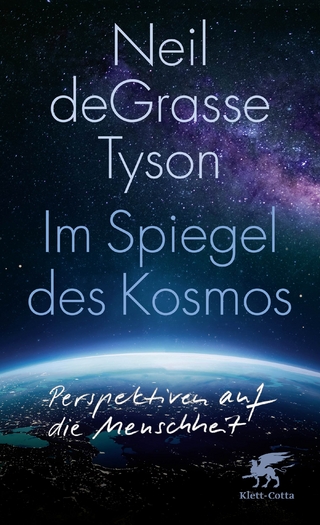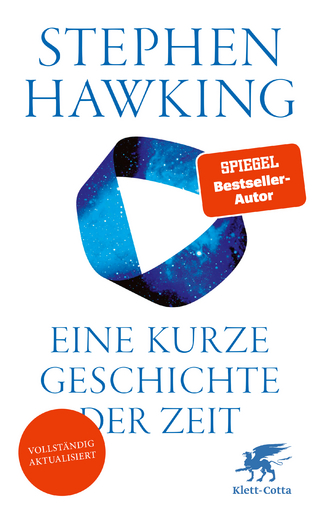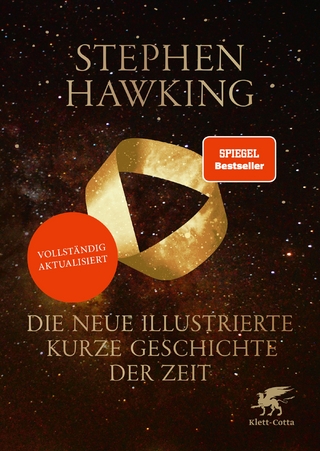Observing Nebulae
Springer International Publishing (Verlag)
978-3-319-32882-9 (ISBN)
Martin Griffiths is an enthusiastic science communicator, writer and professional astronomer. Over his career he has utilized history, astronomy and science fiction as tools to encourage greater public understanding of science. He is a recipient of the Astrobiology Society of Britain's Public Outreach Award (2008) and the Astronomical League's Outreach Master Award (2010). He also holds the League's Master Observer certificate and has written or contributed to over 100 published science articles for many journals. He is currently an astronomer at the University of South Wales in the UK. He was one of the founding members of NASA's Astrobiology Institute Science Communication Group, which was active from 2003-2006. He also managed a multi-million pound ESF program in Astrobiology for adult learners across Wales from 2003-2008. Since then he has been involved in promoting adult education, assisting in the development of astronomy awards at the University of South Wales and various projects including initial consultation on the setup of an educational observatory in Andalucia, Spain, now run by Andy Burns and Kath Griffiths. He is also a consultant to the Welsh Government through his involvement with the Dark Sky Discovery initiative, enabling public access to dark sky sites in association with Dark Sky Wales, Dark Sky Scotland and Natural England. He was also responsible for surveying the sky quality of the Brecon Beacons National Park in their successful bid to gain International Dark Sky Association Dark Sky Reserve status in 2013 and is a consultant to the Hay Tourism Board for their annual dark sky festivals. He is also the Director of the Brecon Beacons Observatory, a public and education resource, fitted with a 30cm telescope situated in the Dark Sky Reserve. Martin is a Fellow of the Royal Astronomical Society; A Fellow of the Higher Education Academy; a member of the Astrobiology Society of Britain; the European Society for the History of Science: the British Astronomical Association; the British Science Association; the Webb Deep-Sky Society; the Society for Popular Astronomy and the Astronomical League. He is also a local representative for the BAA Campaign for Dark Skies and lectures in astronomy to anyone that will listen but principally as senior lecturer at the University of South Wales.
Nebulae and Their Historical Importance.- Astrophysics of Nebulae.- Observing Techniques.- Instruments and Equipment.- Photographing Nebulae.- Observing List of Nebulae.- Appendix.- Glossary.- Index.
"This book on observing nebulae is part of the Springer Practical Astronomy series and is intended for amateur astronomers who wish either to observe visually or image planetary and reflection nebulae, supernova remnants, HII regions, and dark nebulae." (Callum Potter, The Observatory, Vol. 137 (1261), December, 2017)
"All but the brightest nebulae can be challenging for amateur astronomers to observe, so in Observing Nebulae, Griffiths (director, Brecon Beacons Observatory, UK) provides tools to help plan observation nights to successfully target and image these objects. ... As a resource, this book is best for experienced observers looking to test their abilities to observe fainter, more challenging targets. Summing Up: Recommended. All readers." (C. Palma, Choice, Vol. 54 (11), July, 2017)| Erscheinungsdatum | 28.06.2016 |
|---|---|
| Reihe/Serie | The Patrick Moore Practical Astronomy Series |
| Zusatzinfo | XIII, 289 p. 263 illus., 162 illus. in color. |
| Verlagsort | Cham |
| Sprache | englisch |
| Maße | 155 x 235 mm |
| Gewicht | 516 g |
| Themenwelt | Sachbuch/Ratgeber ► Natur / Technik ► Weltraum / Astronomie |
| Naturwissenschaften ► Physik / Astronomie ► Astronomie / Astrophysik | |
| Schlagworte | Astronomical imaging of nebulae • Astronomical observing of nebulae • Astronomy, Observations and Techniques • Identifying nebulae in our Galaxy • Nebulae classification • Nebulae features • Nebulae field guide • Nebulae guide • Nebulae in Milky Way • Observers guide nebulae • Observing Nebulae • Physics and Astronomy • Popular Science in Astronomy • Types of nebulae |
| ISBN-10 | 3-319-32882-4 / 3319328824 |
| ISBN-13 | 978-3-319-32882-9 / 9783319328829 |
| Zustand | Neuware |
| Haben Sie eine Frage zum Produkt? |
aus dem Bereich




